The United Nations has declared 2015 the International Year of Soil, and none too soon. The stuff keeps sloughing off the continent into the rivers and oceans, mostly under the constant wheel of industrial agriculture which treats this substrate of terrestrial life as if it were a widget machine, ever happy to oblige the beck and call of the commodities market. Though soil is the alpha and omega of agriculture, a good number of farmers still don't seem to reckon as much by their behavior. To most people meanwhile, dirt is just something to keep out of the carpet.
As an ecological farmer of course, the soil and its constant health and improvement must be front and center on my radar. So it was with appropriate sheepishness that I admitted to our farm members in the April Hilltop newsletter that I know nothing about soil.
This is not entirely true.
Like anyone who works closely with the land I've invariably come to have some sense of when the soil is tired or burgeoning, healthy or depleted, to know how it should feel, how it should absorb water, what the presence of certain weeds might indicate, what the health or failure of certain crops might mean; and I averred as much in the next sentence of my post. But I also swore that I would – in honor of the Year of Soil – up my game and learn a few things about the biological processes that transpire underground which I would then share in a later newsletter article.
I sat down on a subsequent evening with one of Erin's soil textbooks (she has a degree in the subject, thankfully) and discovered a number of interesting things. But since we'd been planting all day, the tome was soon functioning as my pillow at the kitchen table. Then, suddenly, it was September. Farming – planting, weeding, pest management, bookkeeping, harvesting, washing, packing, processing – had intervened to prevent me apprehending anything additional about that which is the basis of the farm itself. I'm still dumb as a hoe about most of what goes on in the soil.
But Erin was not about to let the International Year of Soil go unmarked. She'd heard of using soil fabrics – pieces of cloth buried long enough to be stained by soil microbes, then exhumed – as a devise to explore the relationship between people and the land. So she decided to take the concept one cultural step closer to rural tradition by making a soil “quilt.” This would involve joining together many squares – buried by a number of different people in spots meaningful to them – and sewing them together at a series of bees in which those participating would meditate aloud about the meaning of the soil, or of place, to them.
Though we worried that those whom we invited to participate might find such a project as crazy or off-putting as it sounds, the enthusiasm with which it was received was startling. Equally enthused were the organizers of Fermentation Fest, Sauk County's annual celebration of all things microbe, who invited Erin to display the quilt in the “Farm/Art DTour,” the festival's self-guided road-rally through agriculture-themed art installations across the countryside. Equally startling were the psychedelic colorations and patterns painted by the microbes, at least on those portions of the cloths which they did not consume (a hazard of burying too long). It is clear from one glance at the soil quilt that – far from being anything close to an inert substance – the soil is a boiling sea of life, with megafauna like ourselves floating along on top.
In addition to inadvertently creating our own D'tour installation, Erin and I volunteered last Spring to host some of the visiting artists who were pitching proposals for other spots on the route. One, a sound artist from Chicago, was particularly anxious that he'd presented too general a concept for the sonic landscape he was envisioning, the layout and details of which he was having trouble conceiving. But after arising early the following morning for a stroll around our farm, he said he'd suddenly figured it out. The rising and falling pitch of the land along the back ridge had conjured for him the image of a great linear array of vertical chimes, with their tops aligned but their bottoms accommodating the slope, thus producing varied pitches when participants walked through, striking them with sticks. He even returned a few weeks later with prototypes that allowed me to imagine what a forest of them, stretched across the landscape, would look and sound like.
I love our prairie-covered ridge and we often send visitors through it's calming environs for walks. But I never thought it would activate in someone's mind something so fantastical and remote from what my own dull perceptions could ever have conceived.
As luck would have it, the “Land Chime” will be the installation adjacent to ours, just up the road a piece from the soil quilt along the DTour route south of Loganville. We invite all and sundry to relax for a day in Sauk and celebrate the culture of agriculture with us, October 2nd through the 11th. More info at: fermentationfest.com.


